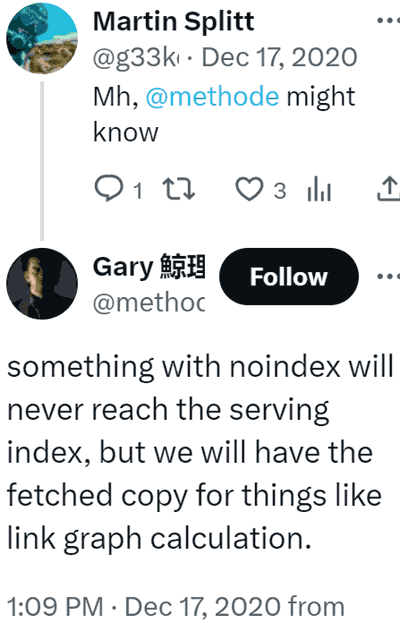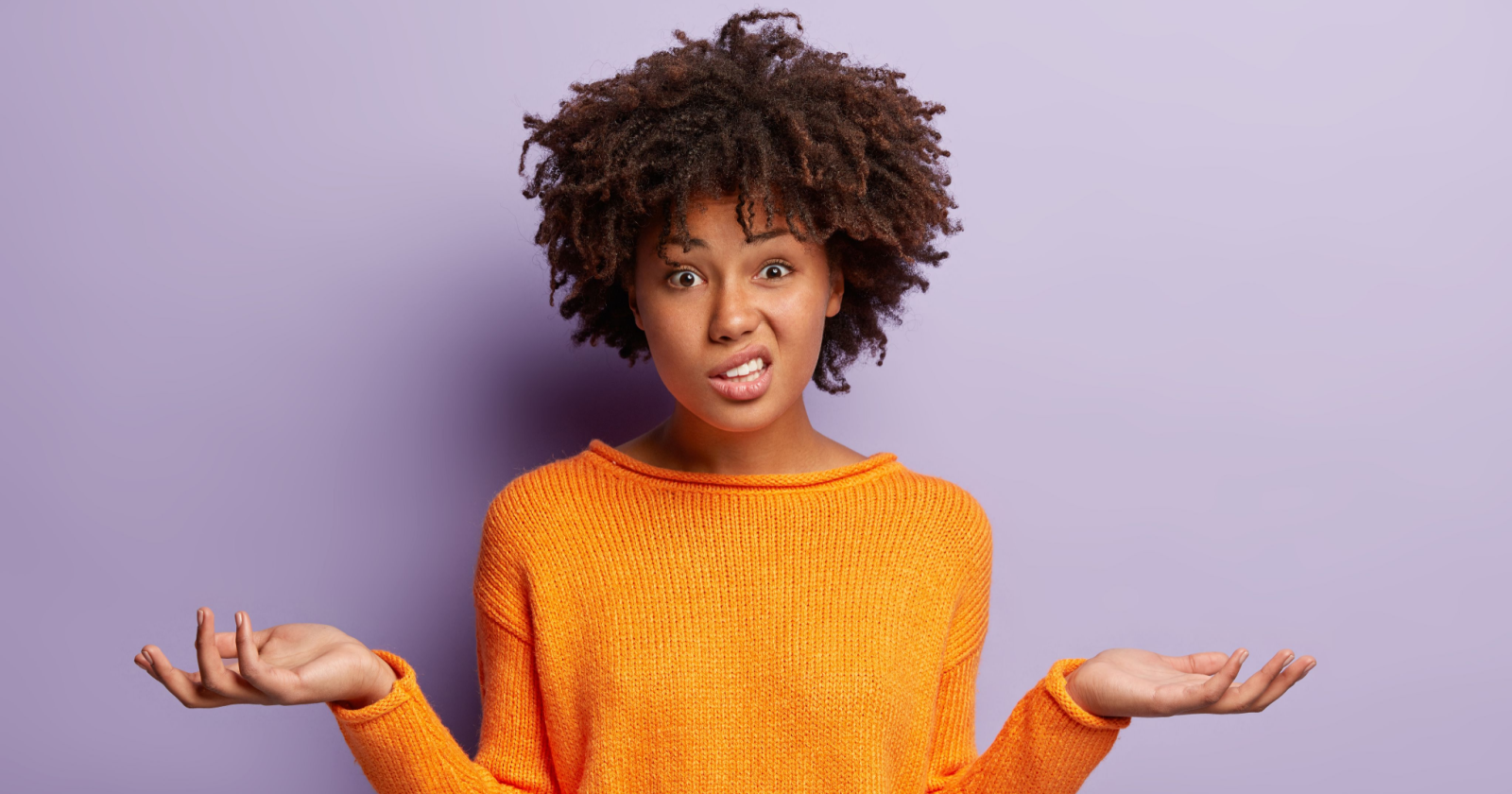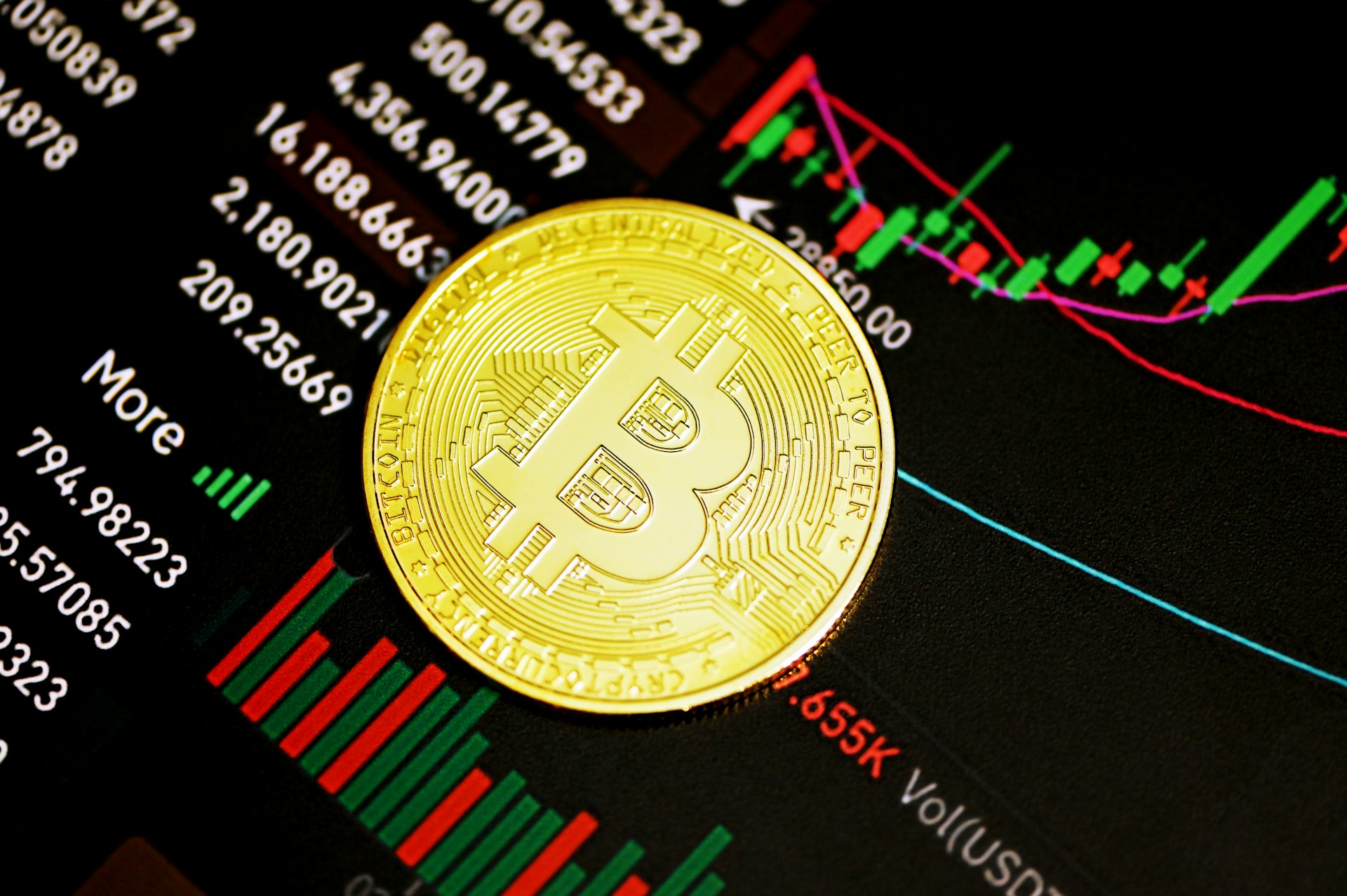Google Clarifies Simultaneous Use of Canonical & Noindex via @sejournal, @martinibuster
Google's John Mueller offers a more nuanced and definitive answer about using noindex and a canonical on the same page The post Google Clarifies Simultaneous Use of Canonical & Noindex appeared first on Search Engine Journal.

Google’s John Mueller clarified the longstanding confusion about whether it’s appropriate to use a noindex rule and a canonical tag on the same page. A 2021 statement suggested that using both might ‘maybe’ work, but his latest statement provides a more detailed and definitive answer.
Noindex Rule And Rel=Canonical
An HTML element is like a building block of a web page. An attribute (like rel=canonical) is something that modifies the element with additional information.
Google’s documentation states:
“rel=”canonical” link annotations: A strong signal that the specified URL should become canonical.”
Here is how the noindex and canonical are supposed to work:
The noindex rule is a directive that Google must obey. The rel=canonical is a “strong signal” that can be ignored.The conundrum is that the noindex seemingly cancels out the canonical because in theory Google won’t see it. So if Google can’t see the canonical then why did John Mueller previously say in a 2021 video that it’s okay to use both?
What Mueller Said In 2021
The person asking the question cited an SEO Office Hours Hangout YouTube video from 2021 where Mueller had recommended using either the canonical or the noindex rule, explaining the differences. But then later he hedged and said that both noindex and canonical can be used at the same time but qualifying that statement by saying that “maybe” Google might forward the canonical signal, thereby keeping a page out of the index while also canonicalizing the preferred web page.
This is the part of the 2021 video of Mueller that the person asking the question referred to:
“…you can also do both of them.
And it’s something… if external links, for example, are pointing at this page then having both of them there kind of helps us to figure out well, you don’t want this page indexed but you also specified another one.
So maybe some of the signals we can just forward along.”
Screenshot Of 2021 SEO Office Hours Hangout Video

As you can see above, John Mueller qualified his statement with a “maybe” which implies that it’s not an absolute black and white statement but rather a statement that’s colored with shades of gray. Mueller didn’t explain why he used the word “maybe” when he answered but it’s a nuance that’s worth noting.
Is It Okay To Use Noindex & Canonical Tag?
This is the question that was asked on Reddit:
“Hi u/johnmu I was watching this …where you advise using noindex and canonical tags at the same time.
Can you please confirm if this is still valid and in case noindexed page has canonical tag you will forward backlink signals to the canonical version?
For example CNN links to /t-shirt/gray/?price=50 page which is noindexed. One can add canonical tag /t-shirt/gray/ alongside with noindex and google may forward CNN link signal to the canonical version.
thanks”
John Mueller Answers Noindex & Canonical Question:
Mueller offered a more absolute answer by affirming that it’s best to pick one or the other, explaining that a noindexed canonical might nor might not be picked up by Google, thereby explaining why he said “maybe” in the 2021 YouTube Video.
He wrote:
“…I’d just pick one (noindex or followed links). Links on a noindexed page can be picked up, but it’s not guaranteed. SEO is often about making your preference very clear and not about maybe’s. Also, it’s helpful to be realistic: sometimes (often) having a good site structure that generally works well for search engines is better than hyper-focusing on links (or any other individual aspect of SEO).”
Mueller’s Answer Explains Use Of Noindex & Canonical
His answer explains a lot and clears up why he hedged in 2021 with a “maybe” while not exactly getting into the details of why Google may or may not pick up a canonical when a noindex rule is invoked.
For those who want a little more detail about why Mueller said the canonical might be picked up, there’s a tweet from 2020 by Google’s Gary Illyes in which he explains the technical reason why Google might see links when there is a noindex in place.
A nerdy detail is that the person who tweeted the question in 2020 was asking about a robots meta noindex with a “follow” directive but the thing is that there is no such thing as a “follow” directive, according to Google’s robots meta tag documentation. The reason there’s no such thing as a “follow” directive is because following links is the default Googlebot behavior.
Gary tweeted:
“something with noindex will never reach the serving index, but we will have the fetched copy for things like link graph calculation.”
A “link graph” calculation is a reference to the (reduced) link graph of websites that is a map of the link relationships between pages and websites.
Screenshot Of Gary Illyes’ Tweet

Read John Mueller’s answer here:

 ValVades
ValVades 




























![What It Takes To Stay On Top Of Local Search In 2025 [Webinar] via @sejournal, @lorenbaker](https://www.searchenginejournal.com/wp-content/uploads/2025/06/3-559.png)



